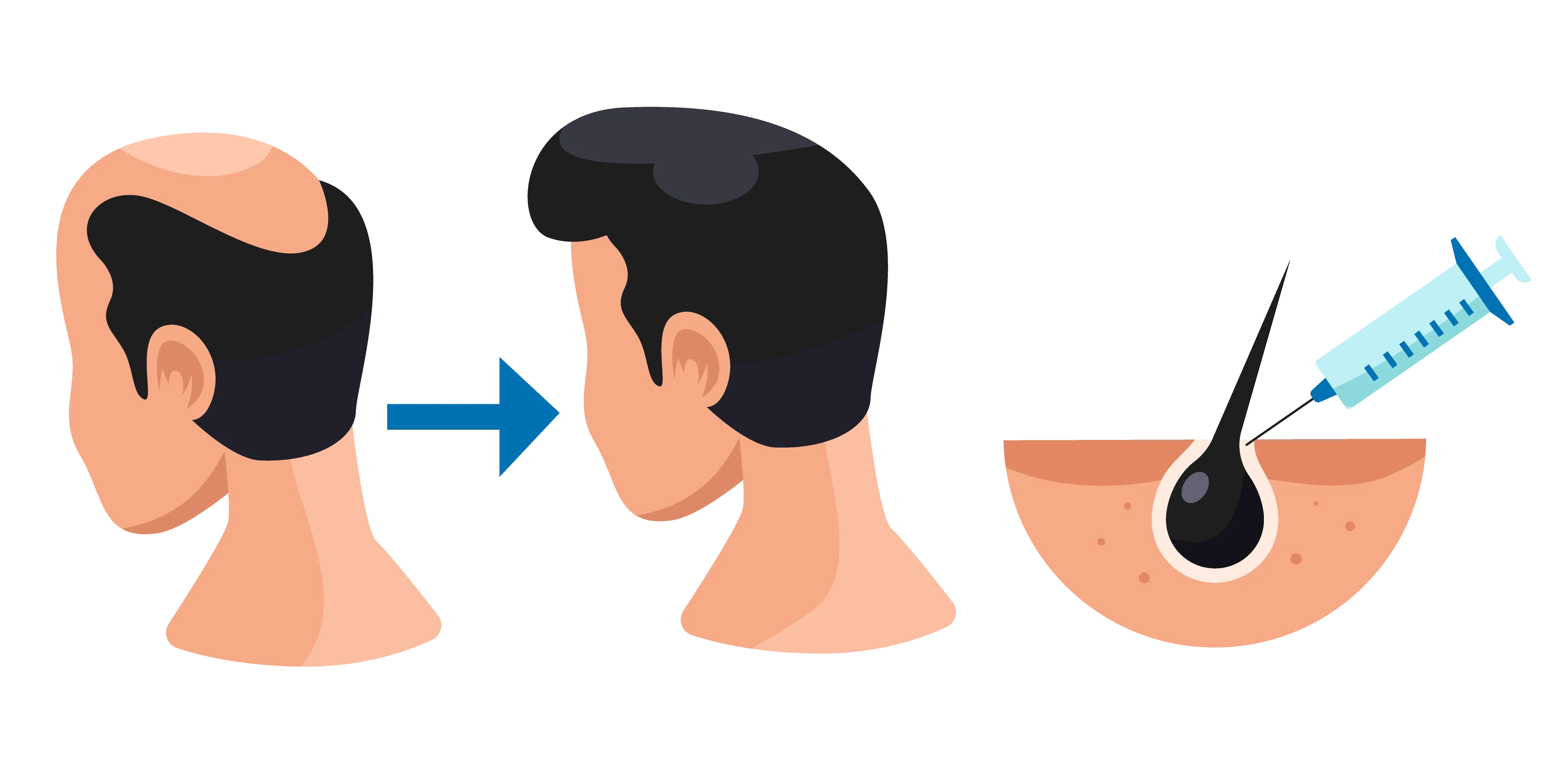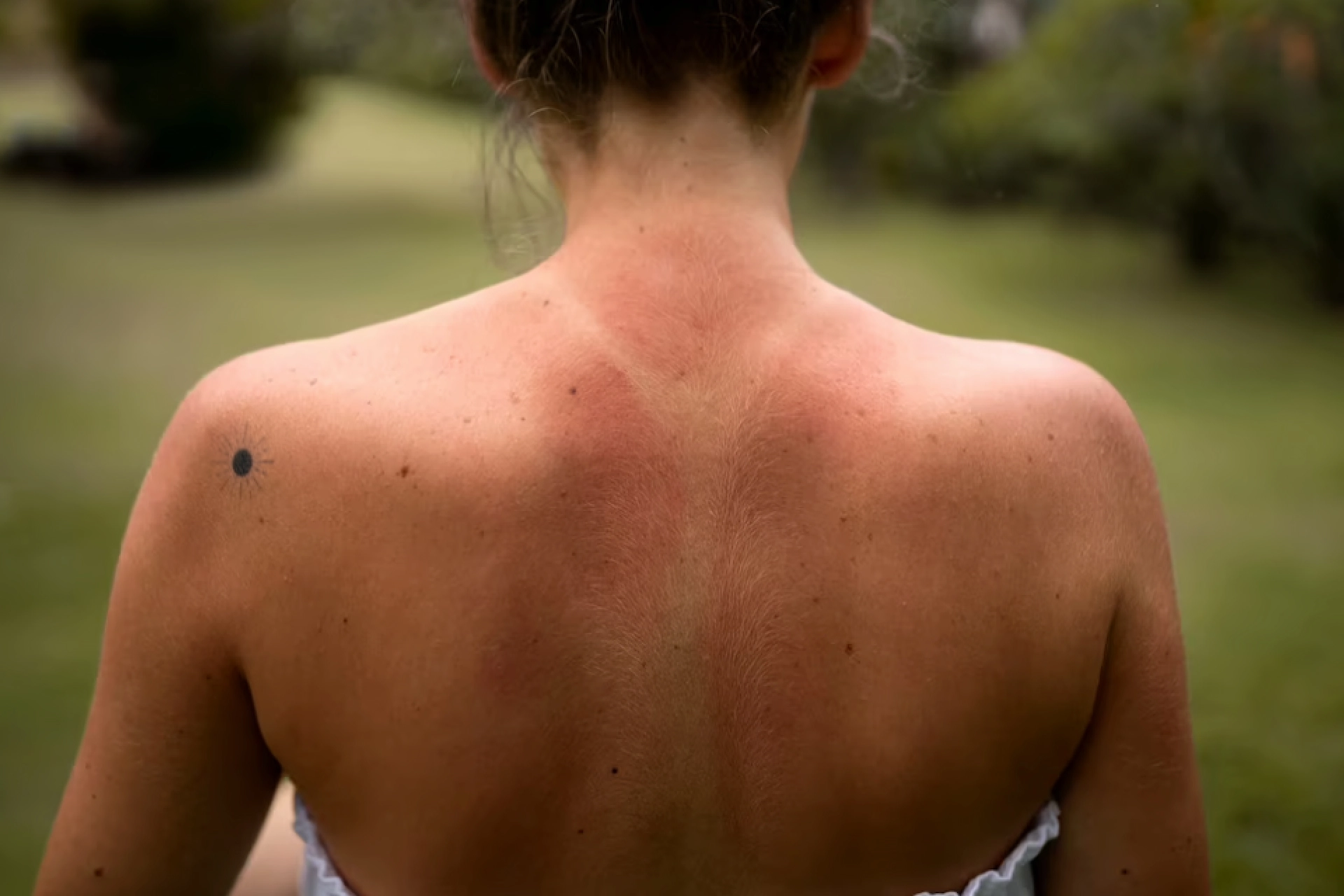Prosthodontics | 4 min read
What is Hair Transplant? All you Need to Know About This Popular Procedure
Medically reviewed by
Table of Content
Key Takeaways
- Baldness is caused by genetic, environmental, or lifestyle factors
- Usually, there are two hair transplant techniques that surgeons follow
- Pain, itching, and swelling are side effects of a hair transplant procedure
Losing hair can have a deep psychological impact on us. As it is related to our appearance, it can cause loss of self-esteem and even anxiety and social phobia. To combat this, a lot of people choose to go for a hair transplant procedure.
What is hair transplant?
Hair transplant is a surgical procedure in which a dermatological surgeon moves hair follicles growing from one part of your head to the bald area. In other words, it is a procedure where the hair you already have is moved to fill an area on your head with thin or no hair.
Baldness or hair loss is caused by genes, environmental and lifestyle factors, stress, hormonal imbalance, fungal infections, and certain medications. Baldness usually begins between the 20s and the 30s, whereas, for women it spikes after menopause [1].
As per statistics, 95% of hair loss in men is due to androgenic alopecia, also known as male pattern baldness [2, 3]. A study further suggests that male pattern hair loss, especially frontal baldness may be more common [4]. On the other hand, hair loss in females is mostly caused by traumatic alopecia [5]. In fact, around 40% of women suffer from hair loss by age 40 [6].
Hair transplant procedures have become quite popular these days as they help overcome the problem of hair loss or thinning. However, you need to know about hair transplant recovery and complications to give yourself the best transplant care. Read on to learn more.
Additional Read: How to Stop Hair Fall: 20 Easy Ways to Reduce Hair Loss
Hair transplant procedure
Before beginning a hair transplant procedure, the surgeon will clean your scalp and use anesthesia to numb your scalp. The follicles are then removed from the dense area of your head, referred to as the donor area. They are implanted into tiny slits on the desired area of the scalp. There are two types of techniques to get hair follicles for transplantation.
Follicular Unit Transplantation (FUT)
Here, a doctor uses a scalpel to remove a thin strip from the skin of the donor area. This incision is then closed with stitches. The donor skin is then separated into tiny follicular units containing one or several hair follicles using a microscope and surgical knife. These separated units are then implanted into the desired area.
Follicular Unit Extraction (FUE)
Under this method, a surgeon cuts out hair follicles directly from the donor area with tiny punch incisions. Tiny holes are then made on the scalp area receiving the hair transplant with a blade or a needle to place the hairs. Later, gauze or bandages are used to cover the scalp for few days. The benefits of FUE hair transplant are that it leads to less pain, little or no scarring, faster recovery, produces better results and usually doesn’t require stitches [7, 8].
Benefits of transplantation of hair:-

Hair transplant complications
Hair transplant has some side effects that are typically minor and subside in a few days or weeks. Here are some possible complications of a transplant:
- Itching
- Bleeding
- Infection
- Unnatural hair growth
- Bruising near the eyes
- Pain and swelling of the skin
- Lack of sensation or numbness
- Scars at the donor and transplanted area
- A crust on the removed or implanted area of the scalp
- Folliculitis – Inflammation or infection of the hair follicles
- Shock loss or sudden temporary loss of the transplanted hair

Hair transplant recovery
After the hair transplant surgery, your scalp may be sore and tender. Your doctor may suggest pain medications, antibiotics, or anti-inflammatory medicines to reduce swelling and infection. You may be advised to wear scalp bandages for at least a day or two. The stitches are usually removed after 10 days of surgery. However, you may be able to return to your normal routine after 2 or 5 days.
Remember, it’s normal for the transplanted hair to fall out after two or three weeks of the hair transplant procedure. You will see about 60% of hair growth after 6 to 9 months. Surgeons often prescribe minoxidil medicine for hair growth or finasteride for hair regrowth.
Additional Read: How to Grow Hair Faster: 6 Simple Homemade Remedies for Strong HairA hair transplant can help restore hair fullness and self-confidence. However, remember that it is not a permanent solution for thinning hair. As it is a surgery, it has its own risks. So, it is important for you to get advice from the right doctor. Book an online doctor consultation on Bajaj Finserv Health and talk with specialists to get the best hair transplant tips. This way, you can go ahead with the procedure with confidence!
References
- https://www.advancedhairstudioindia.com/blogs/hair-loss-india-interesting-statistics
- https://moderngentlemen.net/hair-loss-statistics/
- https://medlineplus.gov/genetics/condition/androgenetic-alopecia/
- https://pubmed.ncbi.nlm.nih.gov/9865198/
- https://www.medicinenet.com/traumatic_alopecia/ask.htm
- https://www.drfarole.com/blog/many-people-lose-hair-hair-loss-statistics/
- https://www.honesthairrestoration.com/blog/6-benefits-of-follicular-unit-extraction
- https://www.medicalnewstoday.com/articles/327229#summary
Disclaimer
Please note that this article is solely meant for informational purposes and Bajaj Finserv Health Limited (“BFHL”) does not shoulder any responsibility of the views/advice/information expressed/given by the writer/reviewer/originator. This article should not be considered as a substitute for any medical advice, diagnosis or treatment. Always consult with your trusted physician/qualified healthcare professional to evaluate your medical condition. The above article has been reviewed by a qualified doctor and BFHL is not responsible for any damages for any information or services provided by any third party.





